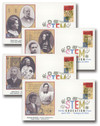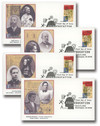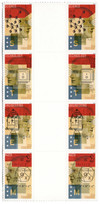
# 5276-79 - 2018 First-Class Forever Stamp - STEM Education
#5276-79
2018 50c STEM Education
Value: 50¢ 1-ounce first-class letter rate- Forever
Issued: April 6, 2018
First Day City: Washington, DC
Type of Stamp: Commemorative
Printed by: Ashton Potter
Method: Offset
Format: Pane of 20
Self-Adhesive
Quantity Printed: 15,000,000 stamps
In recent decades, there has been a major push to reform and improve STEM education. STEM stands for Science, Technology, Engineering, and Mathematics, and the push for this education is urgent. The number of people entering these crucial fields has declined, but the number of jobs is on the rise.
An important part of STEM education is blending the four disciplines together, rather than teaching them separately. The STEM fields are interconnected and each one affects the others. While scientists study the natural world, engineers look for the solutions to society’s issues and create new technologies. And mathematical calculations play an important role in every part of the process.
Another significant focus is to introduce children to the importance of these fields at a young age. Programs begin in elementary school and show children how STEM relates to the real world. Proponents of STEM education also stress the importance of expanding lessons outside of school. They encourage parents to show their children how we use all four disciplines in our everyday lives. As children enter middle and high school, programs explore future careers.
A major goal of STEM education is to recruit women and minorities, who make up a smaller percentage of professionals in these fields. A meaningful way to encourage their involvement is to teach them about historical STEM figures. Stories such as Marie Curie becoming the first woman to win a Nobel Prize or Benjamin Banneker teaching himself math to predict a solar eclipse can inspire children to pursue these careers. Through the combined efforts of our government leaders, schools, and parents, we can inspire tomorrow’s STEM pioneers today.
Parent Teacher Association
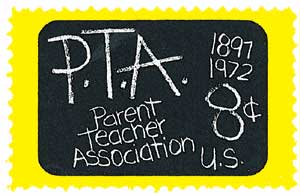
On February 17, 1897, the National Congress of Mothers was formed, which would later become the Parent Teacher Association.
The organization was the brainchild of Alice McLellan Birney and Phoebe Apperson Hearst. Both mothers, Birney and Hearst were deeply concerned about the welfare of children and believed in the importance of education in enriching their lives.
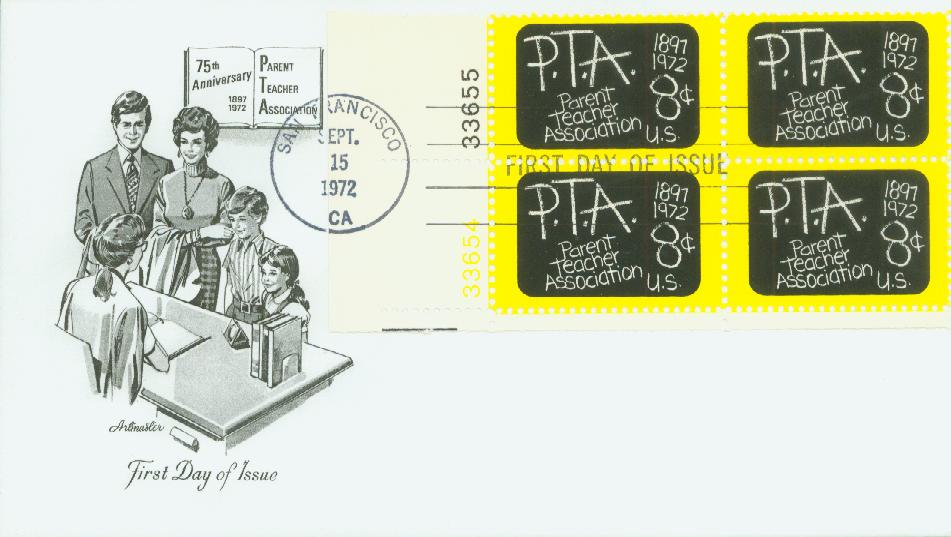
In 1895, Birney first proposed her idea for an organization to work on behalf of children. Over the next two years, she gained support in her community. Hearst was the wife of wealthy businessman George Hearst (and mother of William Randolph Hearst). Hearst opened the first free kindergartens in San Francisco before moving to Washington, DC, where she met Birney. Hearst convinced Birney that she should follow through with her organization and helped arrange the first meeting.
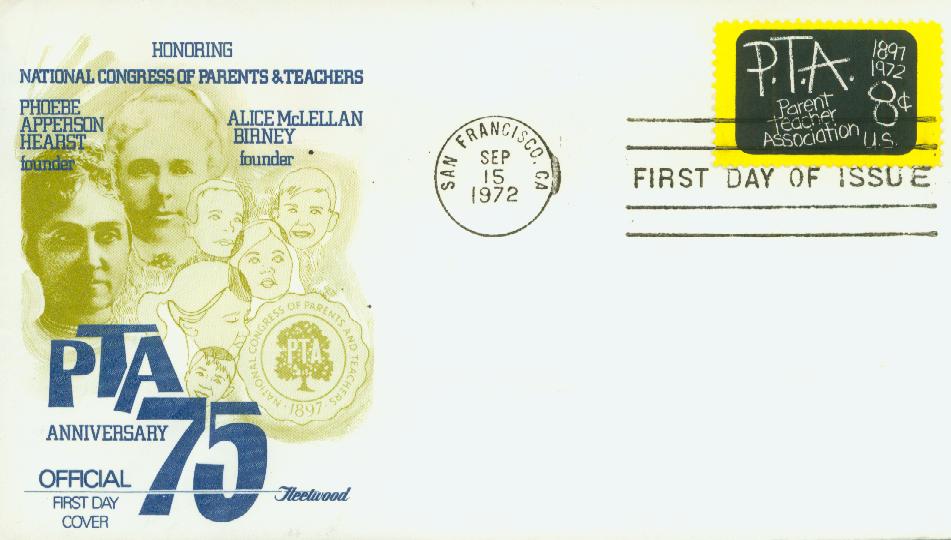
That meeting was held on February 17, 1897, in Washington, DC. They had expected about 200 people to attend, but a total of 2,000 people turned out. While most of the people in attendance were mothers, there were also fathers, teachers, laborers, and legislators. During that meeting, Birney was made the president of the National Congress of Mothers and Hearst was made the vice president. Mrs. Letitia Stevenson (wife of Vice President Adlai Stevenson) was also made a vice president. Afterward, First Lady Frances Cleveland hosted a reception at the White House.
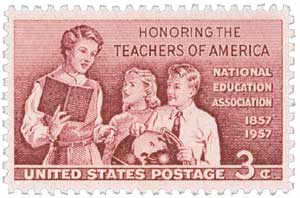
The Congress met the following year and promoted cooperation between parents and teachers. They also pushed for a national health bureau. In the coming years, they would also call on more fathers to join the organization and speak out for juvenile justice, child labor laws, and providing federal aid to schools. They also began providing hot lunches to children in schools and launched a campaign on child hygiene to reduce children’s mortality rates. During the 1920s, the National Congress of Colored Parents and Teachers was founded to support children in segregated states (they joined with the PTA in the 1970s).

In 1924, the organization adopted a new name, the National Congress of Parents and Teachers. It was also during this time that the PTA launched a crusade against illiteracy. In the 1930s, the PTA began a special nutrition project and provided emergency aid to prevent children from suffering during the Depression. They also began studying school bus safety.
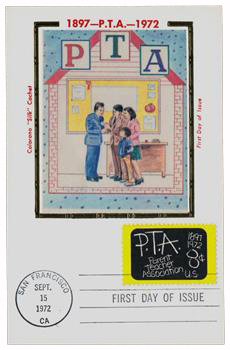
In the 1940s, the PTA launched its nationwide school lunch program. And in the 1950s, they held a conference on narcotics and drug addiction in youth. The PTA also helped field-test and gain support for the Salk Polio Vaccine. In the 1960s, the PTA spoke out about the dangers of smoking and pushed for toy safety legislation. They also created a nationwide cultural arts program and brought more attention to home-school relations in low-income areas.
In the 1970s, the PTA spoke out about alcohol abuse and violence on television and encouraged parents to take part in decision-making in schools. In the 1980s, the PTA pushed for safety belt legislation and created a drug and alcohol prevention program. During the 1990s, they launched a campaign to protect children from violence and worked with other national groups to encourage parental involvement in early education.
Today, the PTA operates in every state as well as the District of Columbia, US Virgin Islands, and Puerto Rico, with about 23,000 local organizations.
Click here to learn more from the
#5276-79
2018 50c STEM Education
Value: 50¢ 1-ounce first-class letter rate- Forever
Issued: April 6, 2018
First Day City: Washington, DC
Type of Stamp: Commemorative
Printed by: Ashton Potter
Method: Offset
Format: Pane of 20
Self-Adhesive
Quantity Printed: 15,000,000 stamps
In recent decades, there has been a major push to reform and improve STEM education. STEM stands for Science, Technology, Engineering, and Mathematics, and the push for this education is urgent. The number of people entering these crucial fields has declined, but the number of jobs is on the rise.
An important part of STEM education is blending the four disciplines together, rather than teaching them separately. The STEM fields are interconnected and each one affects the others. While scientists study the natural world, engineers look for the solutions to society’s issues and create new technologies. And mathematical calculations play an important role in every part of the process.
Another significant focus is to introduce children to the importance of these fields at a young age. Programs begin in elementary school and show children how STEM relates to the real world. Proponents of STEM education also stress the importance of expanding lessons outside of school. They encourage parents to show their children how we use all four disciplines in our everyday lives. As children enter middle and high school, programs explore future careers.
A major goal of STEM education is to recruit women and minorities, who make up a smaller percentage of professionals in these fields. A meaningful way to encourage their involvement is to teach them about historical STEM figures. Stories such as Marie Curie becoming the first woman to win a Nobel Prize or Benjamin Banneker teaching himself math to predict a solar eclipse can inspire children to pursue these careers. Through the combined efforts of our government leaders, schools, and parents, we can inspire tomorrow’s STEM pioneers today.
Parent Teacher Association

On February 17, 1897, the National Congress of Mothers was formed, which would later become the Parent Teacher Association.
The organization was the brainchild of Alice McLellan Birney and Phoebe Apperson Hearst. Both mothers, Birney and Hearst were deeply concerned about the welfare of children and believed in the importance of education in enriching their lives.

In 1895, Birney first proposed her idea for an organization to work on behalf of children. Over the next two years, she gained support in her community. Hearst was the wife of wealthy businessman George Hearst (and mother of William Randolph Hearst). Hearst opened the first free kindergartens in San Francisco before moving to Washington, DC, where she met Birney. Hearst convinced Birney that she should follow through with her organization and helped arrange the first meeting.

That meeting was held on February 17, 1897, in Washington, DC. They had expected about 200 people to attend, but a total of 2,000 people turned out. While most of the people in attendance were mothers, there were also fathers, teachers, laborers, and legislators. During that meeting, Birney was made the president of the National Congress of Mothers and Hearst was made the vice president. Mrs. Letitia Stevenson (wife of Vice President Adlai Stevenson) was also made a vice president. Afterward, First Lady Frances Cleveland hosted a reception at the White House.

The Congress met the following year and promoted cooperation between parents and teachers. They also pushed for a national health bureau. In the coming years, they would also call on more fathers to join the organization and speak out for juvenile justice, child labor laws, and providing federal aid to schools. They also began providing hot lunches to children in schools and launched a campaign on child hygiene to reduce children’s mortality rates. During the 1920s, the National Congress of Colored Parents and Teachers was founded to support children in segregated states (they joined with the PTA in the 1970s).

In 1924, the organization adopted a new name, the National Congress of Parents and Teachers. It was also during this time that the PTA launched a crusade against illiteracy. In the 1930s, the PTA began a special nutrition project and provided emergency aid to prevent children from suffering during the Depression. They also began studying school bus safety.

In the 1940s, the PTA launched its nationwide school lunch program. And in the 1950s, they held a conference on narcotics and drug addiction in youth. The PTA also helped field-test and gain support for the Salk Polio Vaccine. In the 1960s, the PTA spoke out about the dangers of smoking and pushed for toy safety legislation. They also created a nationwide cultural arts program and brought more attention to home-school relations in low-income areas.
In the 1970s, the PTA spoke out about alcohol abuse and violence on television and encouraged parents to take part in decision-making in schools. In the 1980s, the PTA pushed for safety belt legislation and created a drug and alcohol prevention program. During the 1990s, they launched a campaign to protect children from violence and worked with other national groups to encourage parental involvement in early education.
Today, the PTA operates in every state as well as the District of Columbia, US Virgin Islands, and Puerto Rico, with about 23,000 local organizations.
Click here to learn more from the





